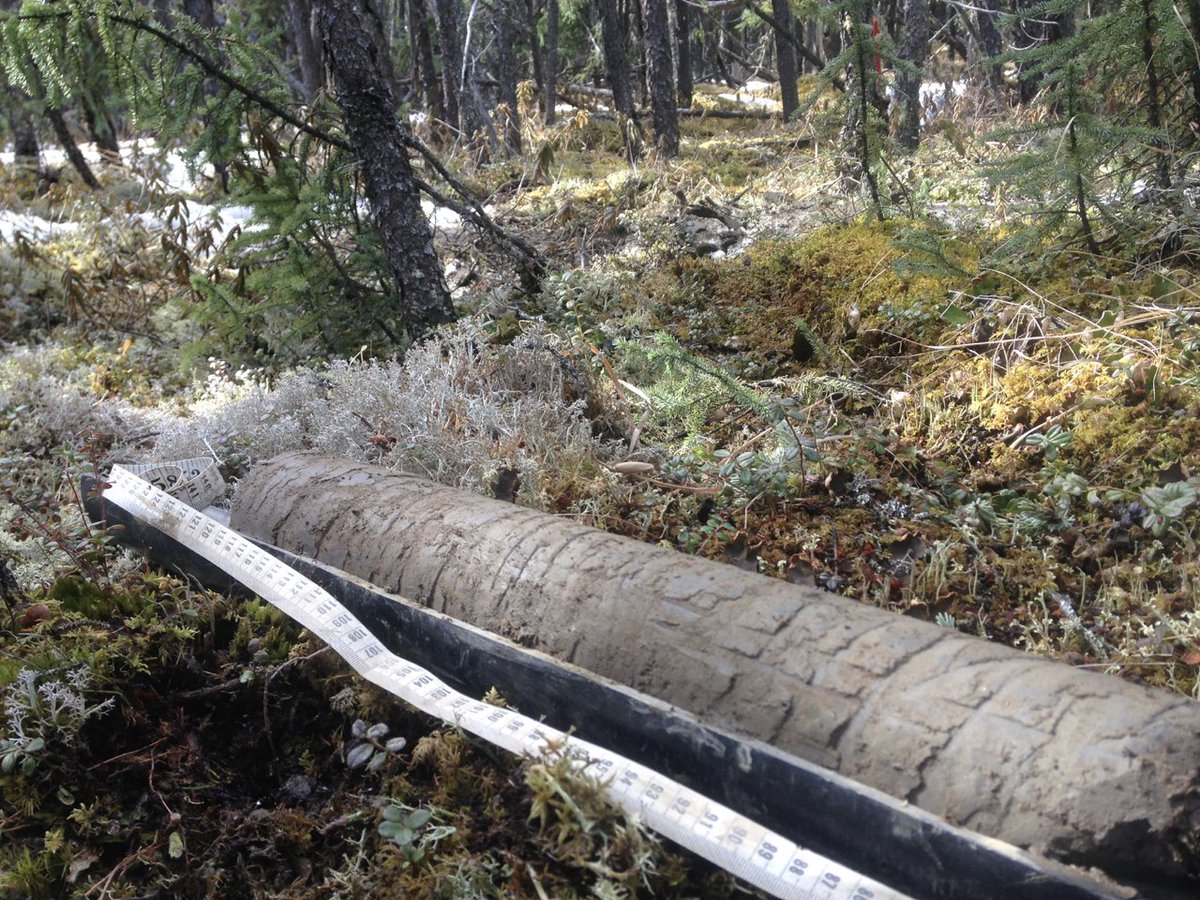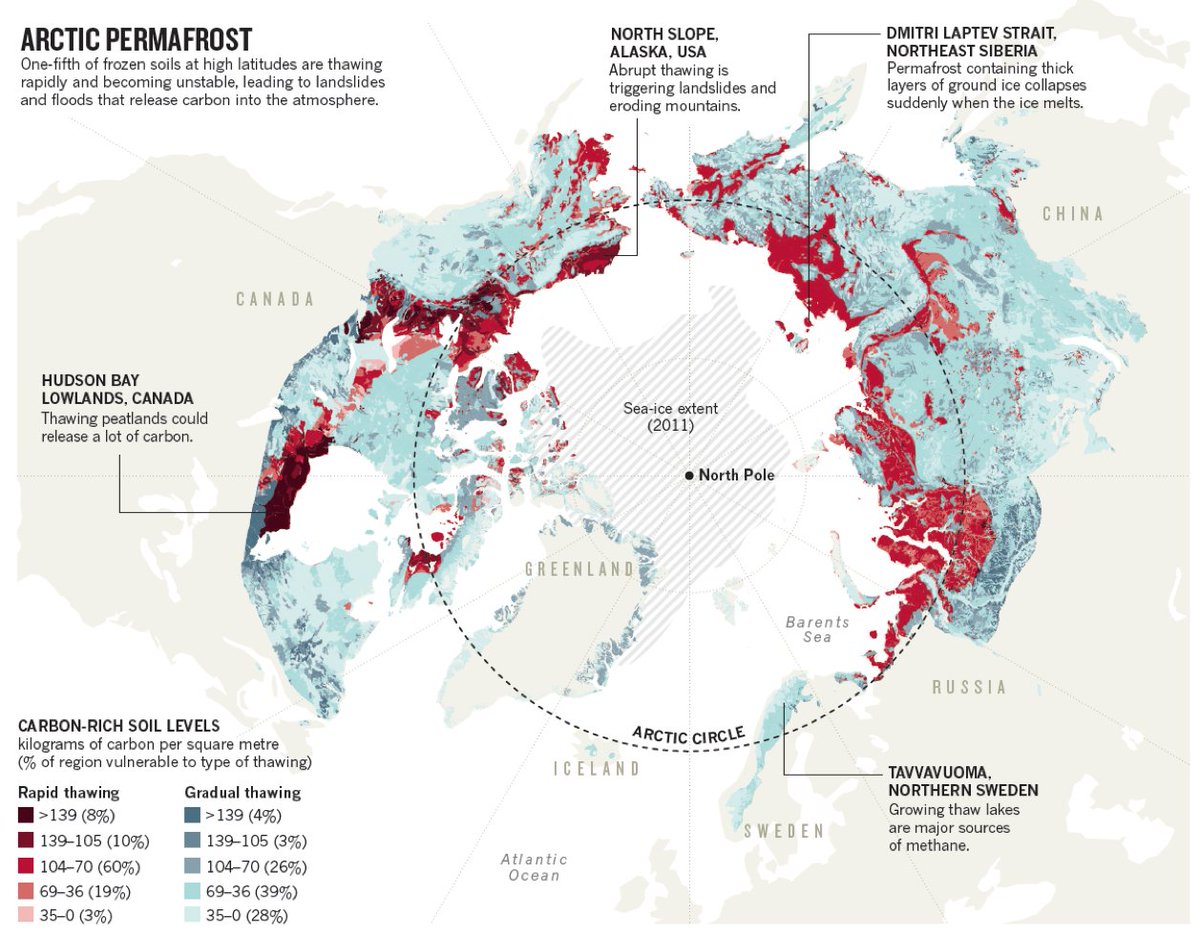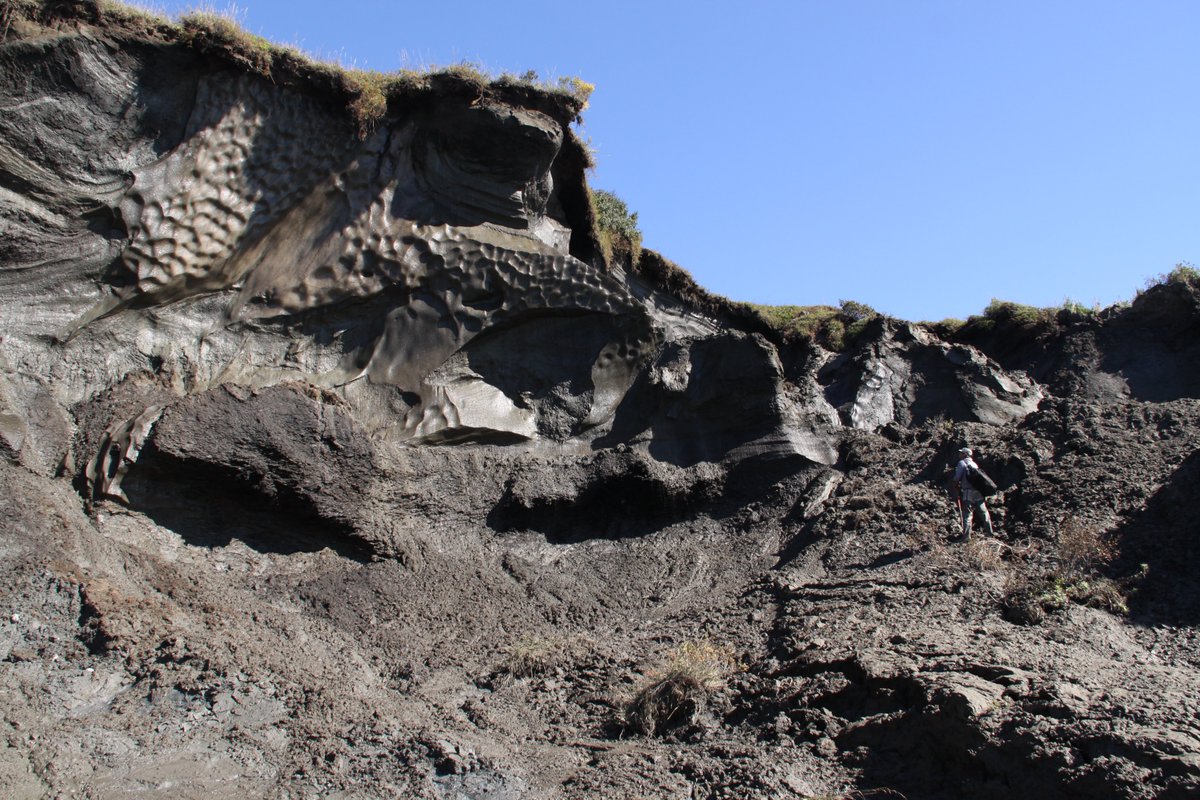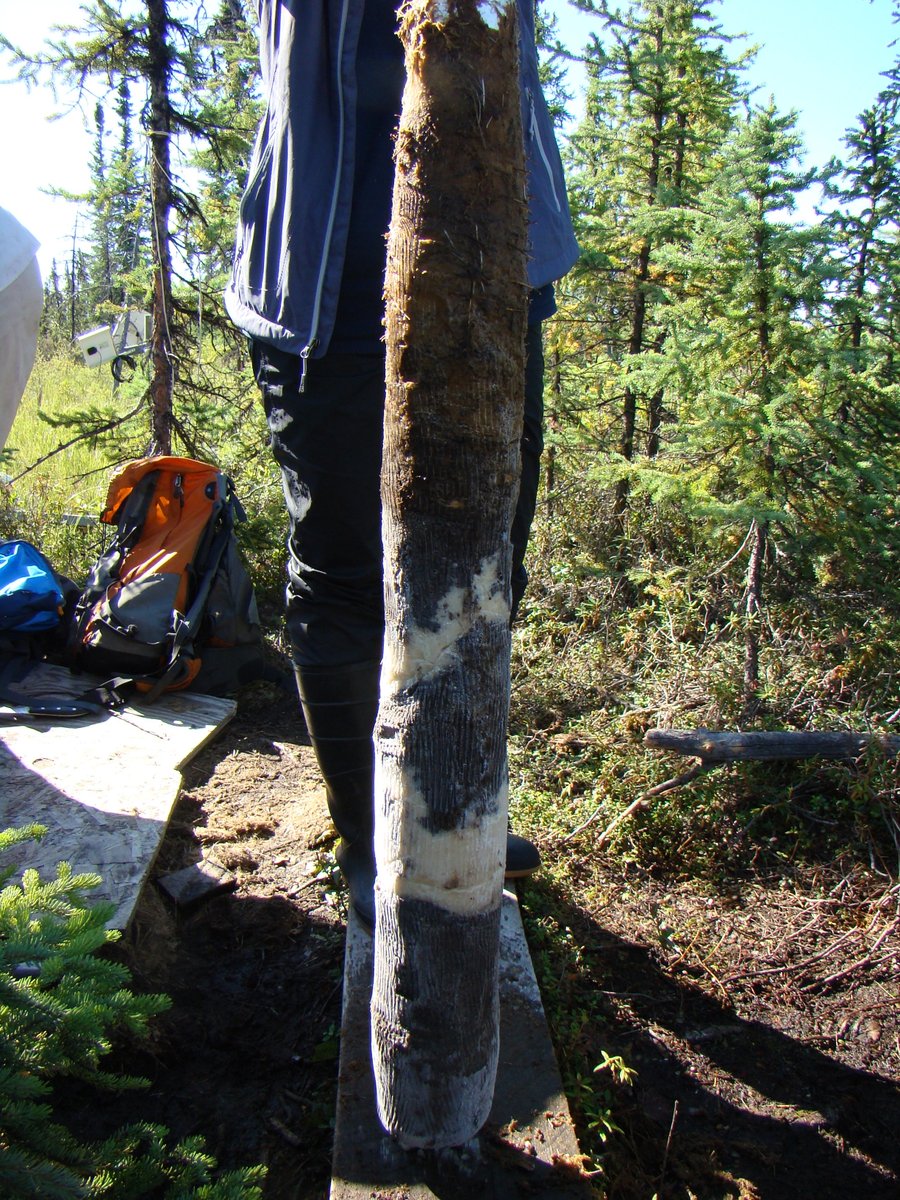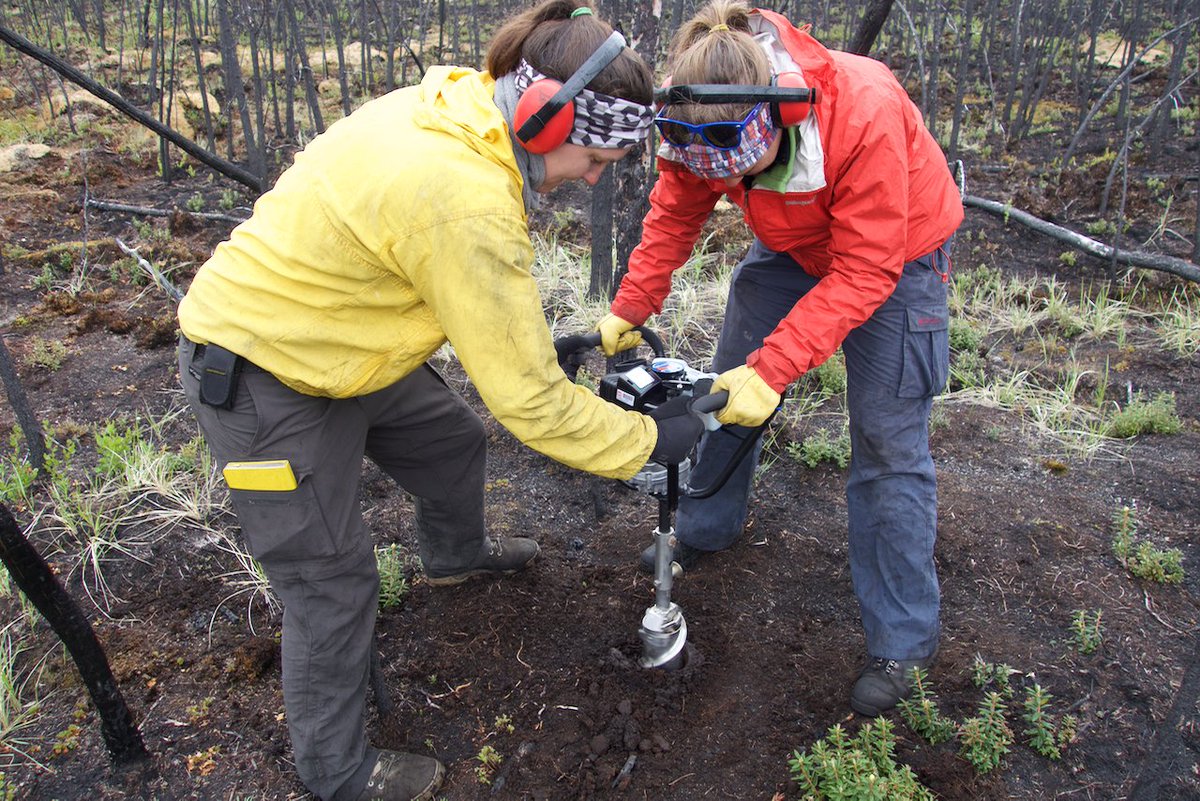
I am seeing and receiving pushback for being a climate scientist speaking out about the #MarshallFire. I understand this perspective. 1) It's difficult to attribute the #ClimateCrisis to any single event, and 2) this event was extremely complex. But hear me out. 1/
1) The #MarshallFire was either a reminder or a wakeup call that whether you live up the canyon (like I do) or on the plains, 🔥 is an ongoing threat.
2) Climate-fire relationships are complex, but due to the #ClimateCrisis, we need to learn to live with 🔥 more than ever. 2/
2) Climate-fire relationships are complex, but due to the #ClimateCrisis, we need to learn to live with 🔥 more than ever. 2/
Hurricane force winds & human development were important factors in the #MarshallFire. But fuel configuration and moisture, and invasive species also important. Fuels include natural & human-derived.
One thing is clear to me. We all need to unite under the same umbrella. 3/
One thing is clear to me. We all need to unite under the same umbrella. 3/
In an era of increasing flammability, we must all invest in fire smart technology, construction, & landscaping. Curb invasive species spread. Embrace fire as a management tool. We must stop waging war against fire, but instead respect it and take steps to live more with it. 4/4
• • •
Missing some Tweet in this thread? You can try to
force a refresh



